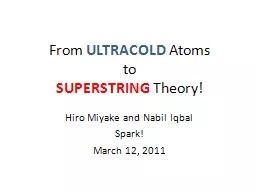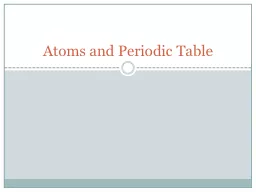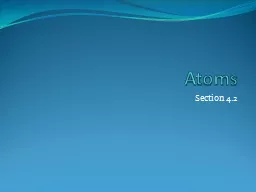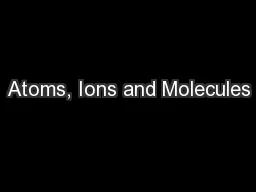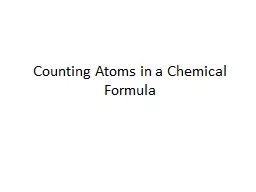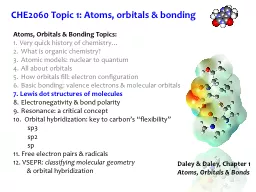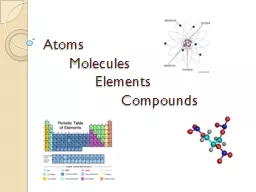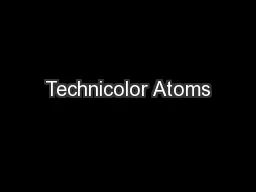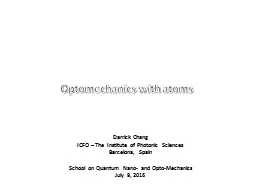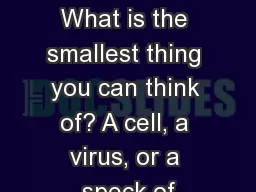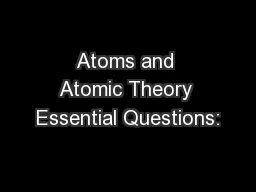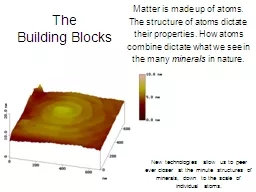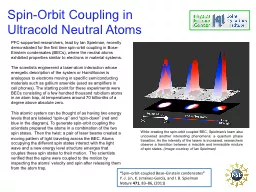PPT-From ULTRACOLD Atoms to
Author : alexa-scheidler | Published Date : 2018-11-02
SUPERSTRING Theory Hiro Miyake and Nabil Iqbal Spark March 12 2011 We are All Made of Atoms Atoms are made of electrons protons and neutrons httpscienceaidcoukchemistryfundamentalatomhtml
Presentation Embed Code
Download Presentation
Download Presentation The PPT/PDF document "From ULTRACOLD Atoms to" is the property of its rightful owner. Permission is granted to download and print the materials on this website for personal, non-commercial use only, and to display it on your personal computer provided you do not modify the materials and that you retain all copyright notices contained in the materials. By downloading content from our website, you accept the terms of this agreement.
From ULTRACOLD Atoms to: Transcript
Download Rules Of Document
"From ULTRACOLD Atoms to"The content belongs to its owner. You may download and print it for personal use, without modification, and keep all copyright notices. By downloading, you agree to these terms.
Related Documents

